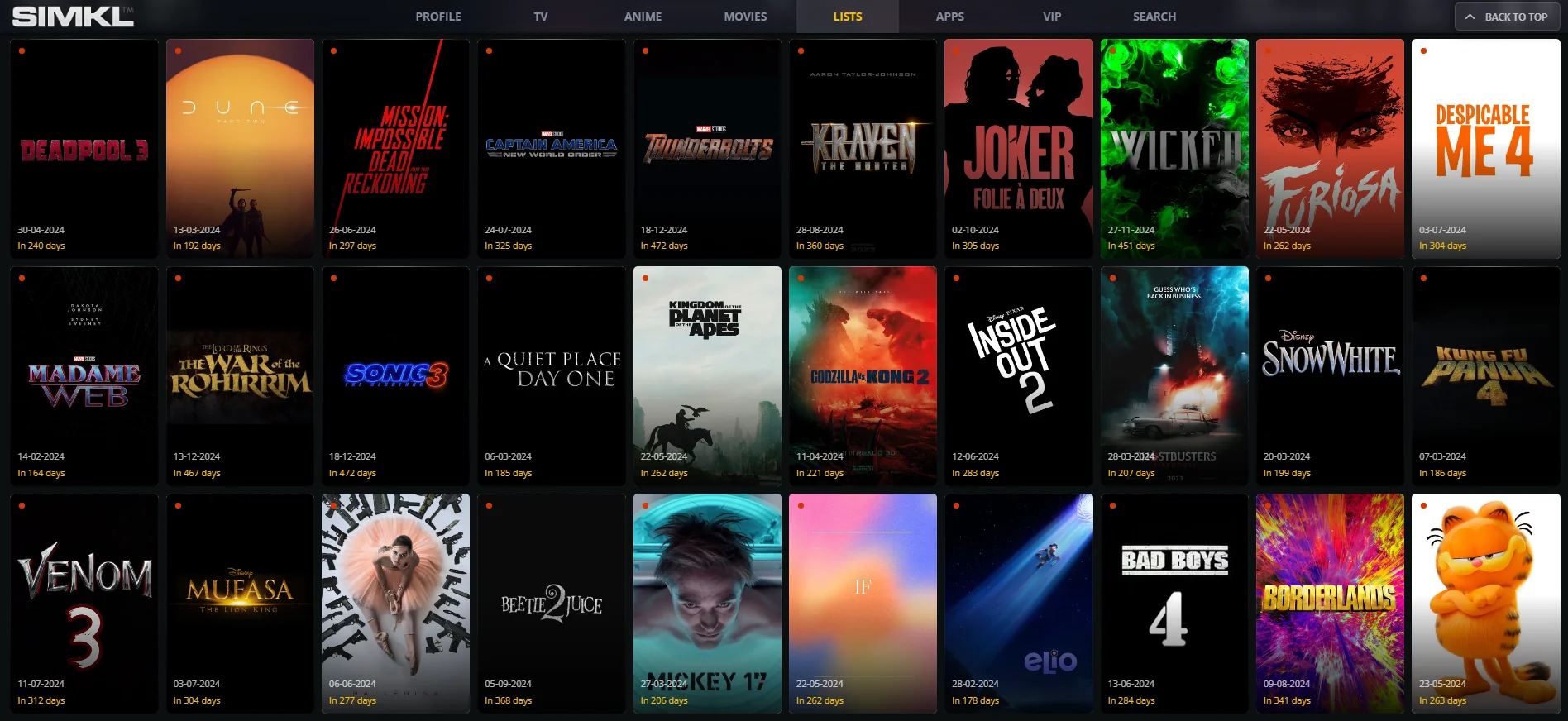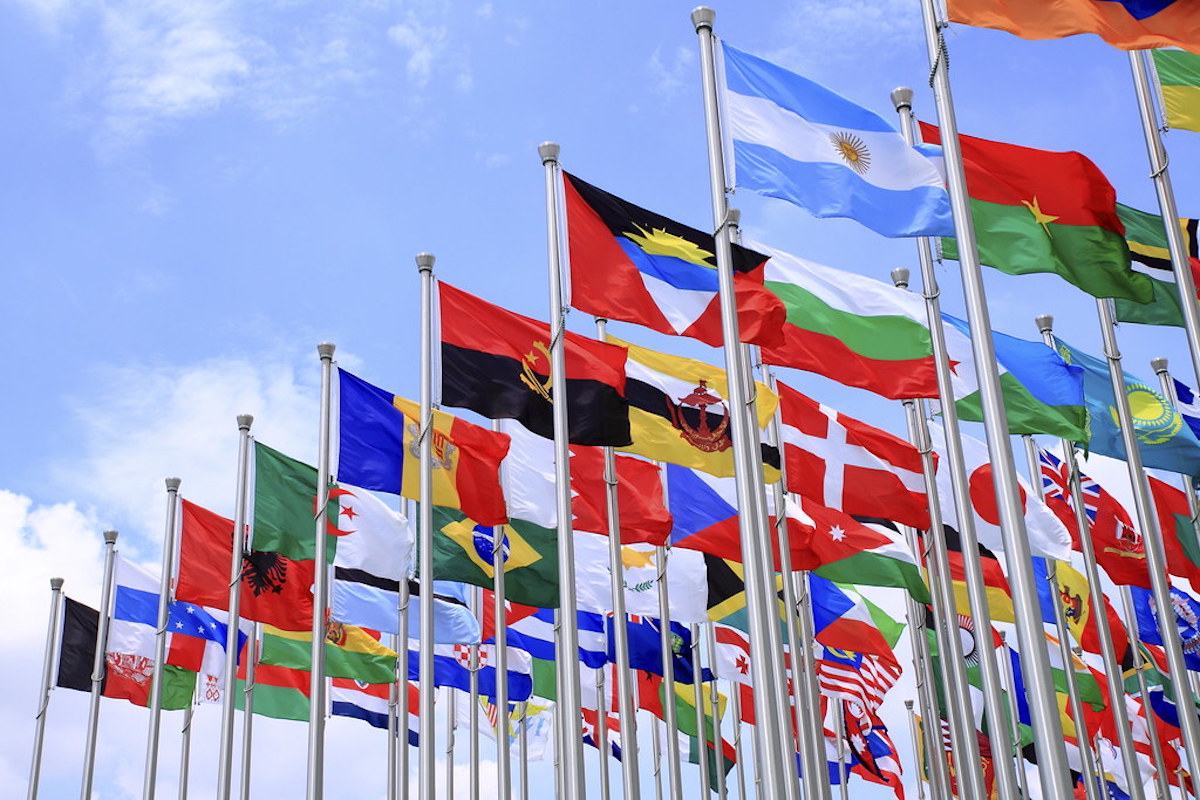Just how big CS2's cheating problem is.
Just how big CS2's cheating problem is.
The Valve Anti-Cheat (VAC) system is Valve Corporation’s primary tool for detecting and banning cheaters in their online multiplayer games, including Counter-Strike 2 (CS2), Dota 2, and Team Fortress 2. Since its introduction in 2002, VAC has played a crucial role in maintaining fair gameplay environments. However, its effectiveness has been a topic of ongoing debate within the gaming community.
How VAC Works
VAC operates as an automated system that scans for known cheat signatures in a player’s game files. If it detects unauthorized modifications or third-party software that provides an unfair advantage, the system issues a permanent ban on the associated Steam account. VAC bans are non-negotiable and irreversible, reinforcing Valve’s strict anti-cheat policy.
Key Features of VAC
-
Automated Detection: VAC runs in the background, continuously scanning for known cheat signatures.
-
Ban Waves: Instead of issuing bans immediately, VAC often delays bans to catch multiple offenders at once, making it harder for cheat developers to pinpoint detection methods.
-
Permanent Bans: Any account flagged by VAC receives a permanent ban, preventing access to VAC-secured servers.
-
Minimal Intrusiveness: Unlike kernel-level anti-cheat systems like Riot’s Vanguard,
VAC operates at the user level, reducing concerns about system privacy.
Limitations and Criticism
Despite its longevity, VAC has several limitations that have led to criticism:
-
Delayed Ban System: Since VAC bans are issued in waves, cheaters can often continue playing for extended periods before being caught.
-
Ineffectiveness Against Private Cheats: VAC primarily detects publicly available cheats, while private or custom-developed hacks can often bypass detection.
-
Lack of Real-Time Enforcement: Unlike some modern anti-cheat solutions that remove cheaters mid-game, VAC typically allows them to play until a ban wave is issued.
-
Evasive Cheat Development: Cheat developers continuously modify their software to bypass VAC detection, leading to an ongoing cat-and-mouse game between Valve and cheat creators.
Comparisons to Other Anti-Cheat Systems
Compared to competitors like Riot Games’ Vanguard (used in Valorant) and Activision’s Ricochet (used in Call of Duty), VAC is considered less aggressive. Vanguard operates at the kernel level, providing deeper system access to detect cheats in real-time, while Ricochet utilizes advanced machine learning to identify suspicious player behavior. While these systems have their own privacy concerns, they are generally seen as more effective at preventing cheaters from impacting games.
Potential Improvements
To enhance the effectiveness of VAC, Valve could consider:
-
Real-Time Banning: Introducing live cheat detection and instant bans.
-
Kernel-Level Protection: Implementing deeper system monitoring to prevent advanced cheats.
-
Improved Machine Learning: Using AI-driven detection methods to identify suspicious gameplay behavior.
-
Community Involvement: Expanding the Overwatch system to assist in manual review processes.
The Valve Anti-Cheat (VAC) system remains an integral part of Valve’s approach to fair play, but its limitations have allowed cheating to persist in games like CS2. While it has successfully banned thousands of cheaters over the years, newer and more aggressive anti-cheat technologies from other game developers highlight areas where VAC could improve. To maintain competitive integrity, Valve may need to consider evolving their anti-cheat measures to keep up with modern cheating tactics
What's Your Reaction?
















